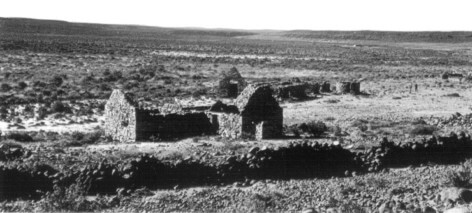From Mission to Merino: Identity, Economic and Material Culture in the Karoo, Northern Cape, South Africa, 1800-ca. 1870
By:
Nicholas Zachariou
Date:
Tue, 10/10/2017 - 18:30
Venue:
SA Astronomical Observatory auditorium
Branch:
Western Cape


My talk addresses the 19th century sequence of Kerkplaats, a farm in the central Karoo, Northern Cape. Over this period different colonialisms of varying power and effect were introduced.
The first was to local Khoe, San and Griqua communities in the form of one of the first London Missionary Society Stations in the early 19th century. A second phase between 1830 and 1860 was to sheep farmers of German, Dutch and mixed descent who absorbed and molded the increasing impacts of British influence and materiality into their older worlds of cultural resilience and practice.
From 1860, a third phase saw a flood of mass produced British goods enter the region, similar to other colonial contexts around the world. It is suggested that merino sheep farming for global markets brought increased affluence for some rural farmers. Quantity, availability and choice changed significantly and provided the material substrate in which rural stock farmers re-expressed themselves within the growing stature of Empire.
Through this sequence different expressions of identity, domesticity and economic scale are assessed through a close comparative reading of documentary and archaeological evidence. While the material opportunities through the 19th century are the result of global processes, how this material is understood has to consider local context. It is suggested that material expression and identity change is most dramatic from the middle of the 19th century when patterns of consumption reflect the globalization of British production.